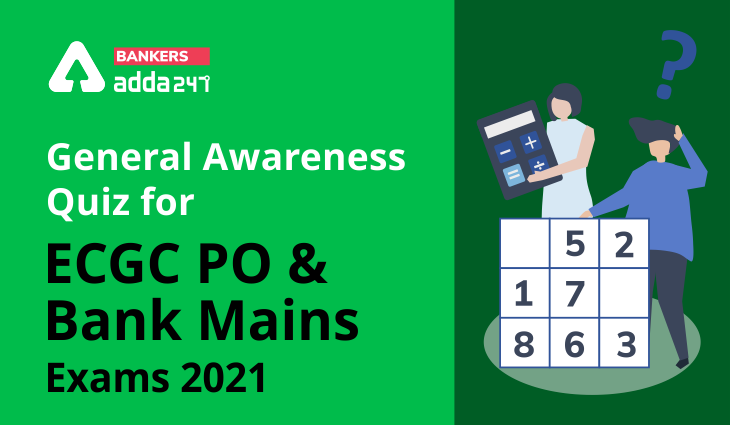Q1. Which of the following is NOT a type of negotiable instrument?
(a)The drawer
(b)Crossed cheque
(c)A certificate of deposit.
(d)A revocable promise to pay
(e)A check
Q2. Which of the following section in the Negotiable Instruments Act deals with the Bill of Exchange?
(a)Section 13
(b)Section 4
(c)Section 6
(d)Section 8
(e)Section 5
Q3. A person named in a draft who is ordered to pay money to a third person is called the………
(a)Drawee
(b)Drawer
(c)Acceptor
(d)Both A and B
(e)Maker
Q4. Holders in due course take instruments subject only to which of the following defenses of others?
(a)Limited defenses.
(b)Real defenses.
(c)Personal defenses
(d)Qualified defenses.
(e)None of the above
Q5. What is Negotiable Instruments?
(a)Promissory note
(b)Bill of exchange
(c)Cheque payable either to order or to bearer
(d)All of the above
(e)None of the above
Q6. The parties to a promissory note are the payee and_______.
(a)The maker.
(b)The drawee.
(c)The note.
(d)The drawer.
(e)None of the above
Q7. _______ means ‘something legally transferable from one person to another for a consideration’.
(a)Negotiable
(b)Instrument
(c)Negotiable Instruments
(d)All of the above
(e)None of these
Q8. The transferee of a negotiable instrument is the ….
(a)Who chases it
(b)Legal relation
(c)On whose name it is transferred
(d)Who transfers the instrument
(e)Both C and D
Q9. In case of a Promissory Note, there are:
(a)3 Parties
(b)2 Parties
(c)6 Parties
(d)4 Parties
(e)5 Parties
Q10. When an instrument has been lost it is presumed that it was ____________
(a)Stolen
(b)Duly stamped
(c)Expired
(d)Misplaced
(e)Interest
Q11. What are different types of negotiable instruments?
(a)Promissory notes
(b)Money order
(c)Traveler’s checks
(d)Personal checks
(e)All of the above
Q12. In which year the Negotiable Instruments Act was passed?
(a)8th December, 1882
(b)6th December, 1883
(c)9th December, 1881
(d)10th December, 1886.
(e)11th December, 1885
Q13. What is an example of a negotiable instrument?
(a)Bank checks
(b)Promissory notes
(c)Certificates of deposit
(d)Bills of exchange
(e)All of the above
Q14. What are the Main requirements to negotiability?
(a)Writing and signature
(b)Words of negotiability
(c)The promise or order;
(d)The medium of payment
(e)All of the above
Q15. Which are not negotiable instruments?
(a)Signed document
(b)Non-negotiable securities
(c)Cannot be transferred from one party to the next
(d)Both A and B
(e)Money orders
Solutions
S1.Ans(b)
Sol. Crossed cheque is not a negotiable instrument.
S2.Ans(e)
Sol. Section 5 is the Negotiable Instruments Act, 1881 the act deals with the Bill of Exchange.
S3.Ans(d)
Sol. The draft is a three-party instrument whereby one person (drawer) directs a second (drawee) to pay money to the third (payee).
S4.Ans(b)
Sol. Older in due course status obtains an enviable position of being subject to real defenses of any party to the instrument.
S5.Ans(d)
Sol. Negotiable Instrument means a promissory note, bill of exchange or cheque payable either to order or to bearer.
S6.Ans(b)
Sol. Two main parties are involved in a promissory note: the drawer or maker and the drawee or payee.
S7.Ans(a)
Sol. Negotiable means ‘something legally transferable from one person to another.
S8.Ans(e)
Sol. The transferee of a negotiable instrument is on whose name it is transferred, who transfer the instrument.
S9.Ans(b)
Sol. There are two parties to a promissory note, the person who make the note and the payee to whom the promise is made.
S10.Ans(b)
Sol. Instrument has been lost it is presumed that it was duly stamped.
S11.Ans(e)
Sol. Different types of negotiable instruments are……
Promissory notes
Money order
Traveler’s checks
Personal checks
S12.Ans(c)
Sol. The Negotiable Instruments Act was passed 9th December, 1881.
S13.Ans(e)
Sol. Examples of negotiable instruments include bank checks, promissory notes, certificates of deposit, and bills of exchange.
S14.Ans(e)
Sol. the Main requirements to negotiability are……
writing and signature
words of negotiability
the promise or order;
the medium of payment
S15.Ans(d)
Sol. Non-negotiable securities and products are those that cannot be transferred from one party to the next. An example of a non-negotiable instrument.
Practice with Crash Course and Online Test Series for ECGC PO & Bank Mains 2021:
- ECGC Online Coaching Classes for Probationary Officier 2021
- ECGC PO Mock Tests 2021 – Banking Online Test Series (With Solutions) by Adda247
- Bank Test Pack Online Test Series
Click Here to Register for Bank Exams 2020 Preparation Material




 GA Capsule for SBI Clerk Mains 2025, Dow...
GA Capsule for SBI Clerk Mains 2025, Dow...
 The Hindu Review October 2022: Download ...
The Hindu Review October 2022: Download ...
 Rajasthan Gramin Bank Formed after Merge...
Rajasthan Gramin Bank Formed after Merge...





